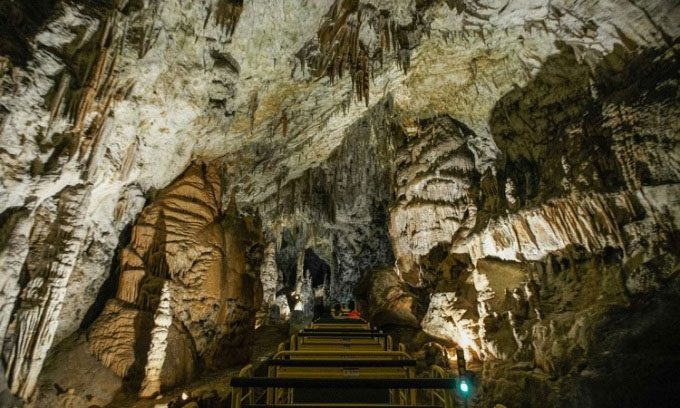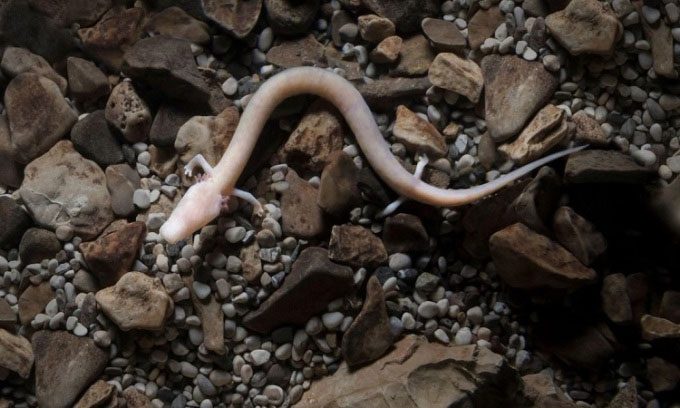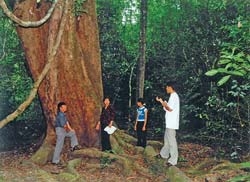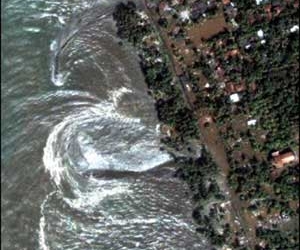The Postojna Cave Park is home to the olm, a species often referred to as “baby dragons” due to their resemblance to mythical creatures.

Postojna Cave is the habitat of the rare baby dragon. (Photo: Xinhua)
Below the limestone hills of Postojna, Slovenia, lies an underground cave with a river flowing through it. Alongside crickets, millipedes, and beetles, the olm is the dominant species in this biodiverse cave system, according to National Geographic. These nearly transparent aquatic salamanders are officially known as olm (Proteus anguinus). As top predators in their environment, olms can grow up to 30 cm long, have the ability to regenerate limbs, live for up to 100 years, and can survive for decades without food. Scientists are studying their DNA to uncover the secrets behind their regenerative abilities and adaptability.
One of the best places to study them and enhance conservation efforts is the Postojna Cave Park, located about an hour’s drive from the capital, Ljubljana. The management of Postojna recently announced the birth of 30 young olms in the cave, setting a record for survival rates. In the wild, scientists estimate that only 2 out of 500 olm eggs successfully hatch. At Postojna, at least 30 to 43 eggs have hatched, doubling the rate from 2016 and confirming that the care provided by staff at Postojna has made a significant difference.

Olms have the ability to regenerate limbs and live a long time. (Photo: Alamy)
With its landscape of numerous sinkholes and deep, dark caves, locals in the past believed that dragons lived here. They thought the warm mist that emanated from the cave in winter was the breath of a giant creature, when in reality, it was a result of the stable temperatures inside the cave. When the river flowing out of the cave flooded and swept away drowned olms, people regarded them as the young of a larger dragon hiding in the cave.
Today, they remain an enigmatic species, listed as vulnerable by the International Union for Conservation of Nature (IUCN) due to a lack of data. Scientists even struggle to determine how many individuals live within the small territory of the Dinaric Alps, which stretch along the Adriatic coast from northern Italy to Albania. Their aquatic habitat is threatened by pollutants, fertilizers leaching through permeable rock layers, and being absorbed by the olms.





















































